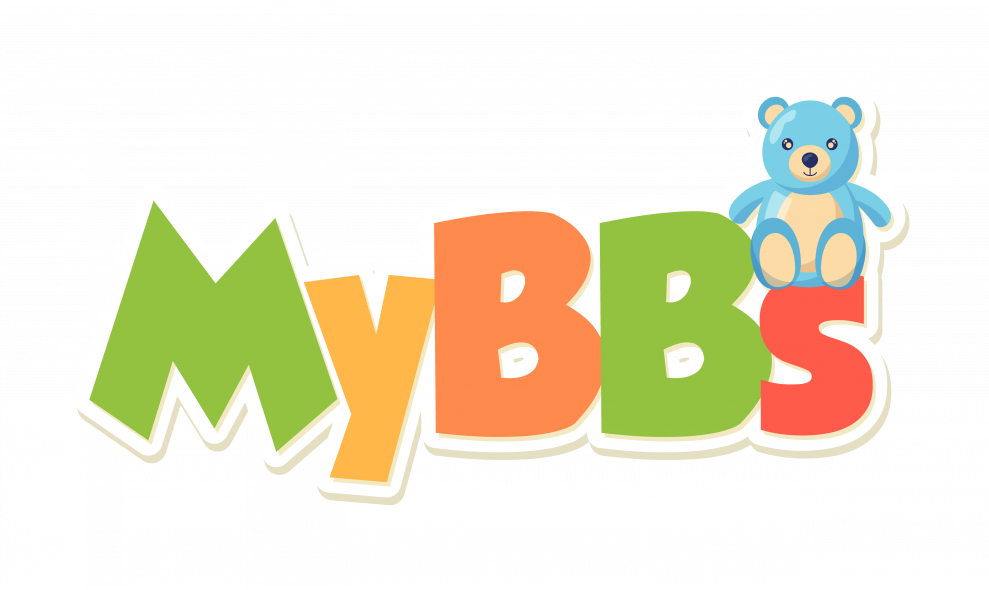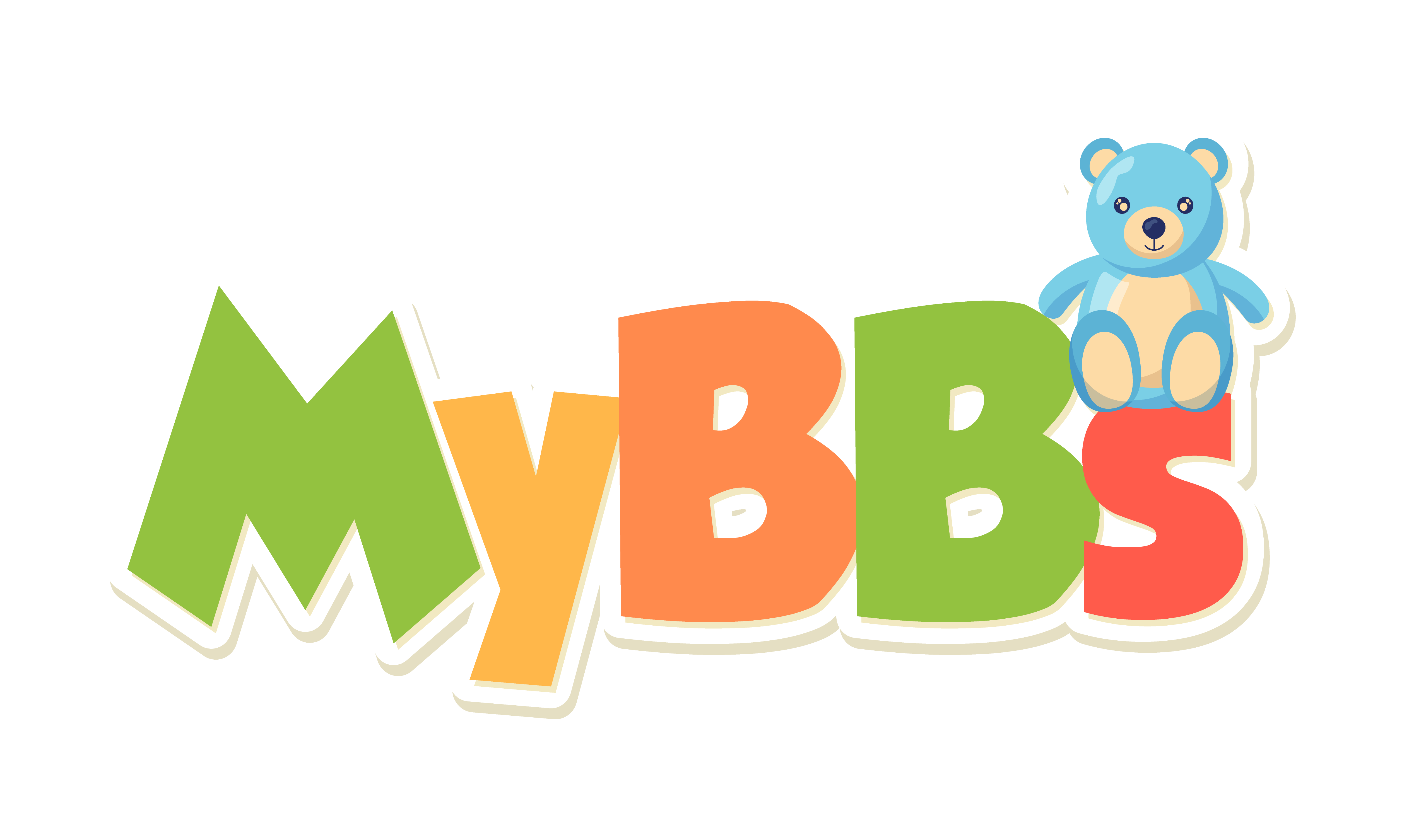All About Ty Beanie Babies
Beanie Baby Pellets: Ty Beanie Babies Explained
Welcome to the fascinating world of Ty Beanie Babies! These adorable stuffed animals have captured the hearts of collectors and children alike since they first hit the market in 1993. But what makes these plush toys so special? It’s all in the details – specifically, the Beanie Baby pellets. These tiny, round pellets are what give Beanie Babies their unique feel and shape. But there’s so much more to these pellets than meets the eye. In this comprehensive glossary article, we’ll delve deep into the world of Beanie Baby pellets, exploring their history, types, uses, and more.
Whether you’re a seasoned collector, a curious newcomer, or just someone who loves learning about interesting things, this article is for you. We’ll take you on a journey through the ins and outs of Beanie Baby pellets, providing a detailed look at this crucial component of one of the world’s most beloved toys. So sit back, relax, and get ready to learn all about Beanie Baby pellets!
The History of Beanie Baby Pellets
Before we dive into the specifics of Beanie Baby pellets, it’s important to understand their history. The story of Beanie Baby pellets is intrinsically tied to the story of Ty Inc., the company behind Beanie Babies. Founded by Ty Warner in 1986, Ty Inc. initially produced stuffed animals filled with traditional stuffing material. However, Warner was always on the lookout for ways to improve his products and make them stand out from the competition.
In the early 1990s, Warner hit upon the idea of using plastic pellets as stuffing. These pellets, which were much smaller and denser than traditional stuffing materials, gave the toys a unique, beanbag-like feel. This was a revolutionary concept at the time, and it set Beanie Babies apart from other stuffed animals on the market. The use of pellets also allowed for more detailed shaping of the toys, contributing to their lifelike appearance.
The Introduction of Beanie Baby Pellets
The first Beanie Babies to feature pellets were released in 1993. These initial nine Beanie Babies, known as the “Original Nine,” were an instant hit. Collectors and children alike were drawn to their unique feel and high level of detail. The success of the Original Nine confirmed that Warner’s idea was a winner, and pellets have been a staple of Beanie Babies ever since.
Over the years, Ty Inc. has continued to refine and improve its pellet formula. The company has experimented with different types of pellets, always striving to create the best possible feel and shape for its Beanie Babies. This commitment to innovation and quality is one of the reasons why Beanie Babies remain so popular today.
Types of Beanie Baby Pellets
Not all Beanie Baby pellets are created equal. In fact, there are several different types of pellets used in Beanie Babies, each with its own unique properties. Understanding these different types of pellets can help you appreciate the craftsmanship that goes into each Beanie Baby.
The two main types of Beanie Baby pellets are PVC pellets and PE pellets. PVC, or polyvinyl chloride, is a type of plastic that is known for its durability and flexibility. PE, or polyethylene, is another type of plastic that is lighter and softer than PVC. Both types of pellets have their advantages and are used in different types of Beanie Babies.
PVC Pellets
PVC pellets were the first type of pellets used in Beanie Babies. These pellets are small, round, and have a slightly oily feel. They are also quite dense, which gives Beanie Babies filled with PVC pellets a heavier feel than those filled with other types of pellets.
One of the advantages of PVC pellets is that they allow for a high level of detail in the shaping of the Beanie Baby. This is because the density of the pellets allows them to hold their shape well, even when the Beanie Baby is being played with. However, PVC pellets are also more expensive to produce than other types of pellets, which is why Ty Inc. has experimented with other materials over the years.
PE Pellets
PE pellets are a newer type of pellet used in Beanie Babies. These pellets are lighter and softer than PVC pellets, which gives Beanie Babies filled with PE pellets a softer, more cuddly feel. PE pellets are also less expensive to produce than PVC pellets, which has made them a popular choice for many newer Beanie Babies.
While PE pellets don’t allow for quite as much detail in the shaping of the Beanie Baby as PVC pellets, they do have their own unique advantages. For one, they make the Beanie Baby lighter and easier to carry around. They also give the Beanie Baby a more flexible feel, which many children and collectors find appealing.
The Role of Beanie Baby Pellets in Collectability
Beanie Baby pellets don’t just contribute to the feel and shape of the toys – they also play a crucial role in their collectability. The type of pellets used in a Beanie Baby can affect its value, especially for older, rarer Beanie Babies.
For example, Beanie Babies filled with PVC pellets are often more valuable than those filled with PE pellets. This is because PVC pellets were used in the earliest Beanie Babies, making them a sign of age and rarity. However, the type of pellets is just one of many factors that can affect a Beanie Baby’s value, along with factors like condition, tags, and rarity.
Identifying the Type of Pellets in a Beanie Baby
If you’re a collector, knowing how to identify the type of pellets in a Beanie Baby can be a useful skill. The easiest way to do this is to check the tag. Ty Inc. began indicating the type of pellets used in each Beanie Baby on the tag in the late 1990s. If the tag says “PE Pellets,” then the Beanie Baby is filled with PE pellets. If it says “PVC Pellets,” then it’s filled with PVC pellets.
However, not all Beanie Babies have tags, especially older ones. In these cases, you can often tell the type of pellets by feel. Beanie Babies filled with PVC pellets tend to be heavier and have a slightly oily feel, while those filled with PE pellets are lighter and softer.
Beanie Baby Pellets and Safety
Safety is a top priority for Ty Inc., and the company goes to great lengths to ensure that its Beanie Babies are safe for children of all ages. This includes the pellets used in Beanie Babies. Both PVC and PE pellets are non-toxic and safe for children to play with.
However, like any small object, Beanie Baby pellets can pose a choking hazard if they are ingested. For this reason, it’s important to keep Beanie Babies away from children under the age of three, and to supervise play with Beanie Babies for older children. If a Beanie Baby becomes damaged and starts to leak pellets, it should be discarded immediately to prevent children from ingesting the pellets.
Beanie Baby Pellets and the Environment
While Beanie Baby pellets are safe for children, they can pose a threat to the environment if not disposed of properly. Both PVC and PE are types of plastic, which can take hundreds of years to decompose in the environment. For this reason, it’s important to dispose of Beanie Babies responsibly.
If you have a Beanie Baby that is damaged beyond repair, consider recycling it rather than throwing it in the trash. Many recycling centers accept stuffed animals, including Beanie Babies. You can also donate your Beanie Babies to a charity or thrift store, where they can find a new home and continue to bring joy to others.
Conclusion
Beanie Baby pellets are a crucial part of what makes Beanie Babies so special. From their role in shaping the toys to their impact on collectability, these tiny pellets are more than just stuffing – they’re a key component of the Beanie Baby experience.
Whether you’re a collector, a parent, or just someone who loves learning about interesting things, we hope this article has given you a deeper appreciation for Beanie Babies and the craftsmanship that goes into each one. So next time you pick up a Beanie Baby, take a moment to appreciate the pellets inside – they’re a big part of what makes Beanie Babies so unique and beloved!
Now that you’ve discovered the magic behind Beanie Baby pellets and the charm they add to these treasured toys, why not bring that magic into your own home? At MyBeanieBabies.com, we’re dedicated to providing you with a delightful selection of Beanie Babies, Beanie Boos, and Beanie Buddies, along with a variety of unique childcare items. Embrace the joy and imagination that comes with owning a piece of this timeless collection. Check out our plush shop now and find the perfect companion for your child, or even reignite your own childhood nostalgia!

